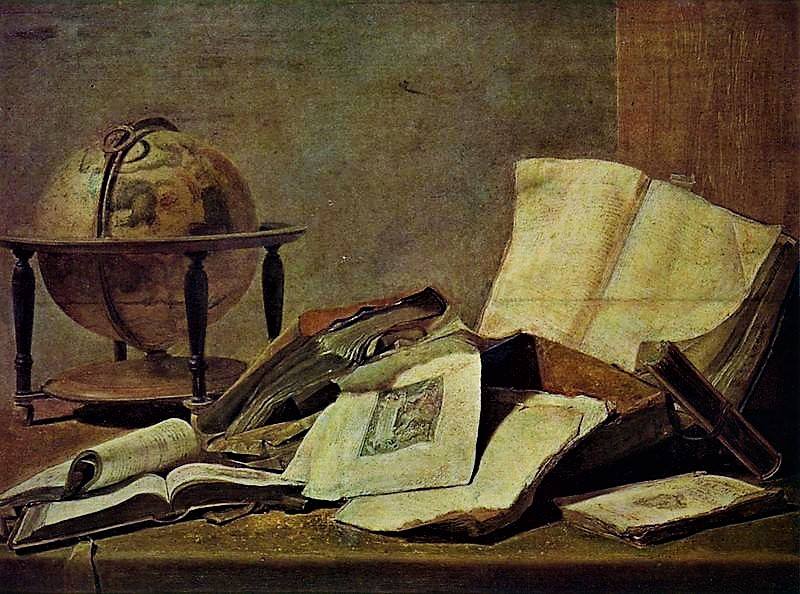When the MV Joyita, mysteriously disappeared in the South Pacific in 1955, most assumed the small ship and her 25 person compliment were lost at sea. However, she was found five weeks later drifting north of Vanua Levu, it was clear this wasn’t a normal accident. The Joyita was discovered over 600 miles west of her pre-planned route. Her radio was set on the international marine distress channel. Also, over 4 tons of cargo (medical supplies, timber, empty oil drums and foodstuffs) were missing. No trace of her passengers or crew were found.
Built in 1931, the Joyita started life as a luxury yacht for Roland West, a Los Angeles movie director. She was purchased in 1941 by the United States Navy. Joyita, now renamed Yard Patrol Boat 108 (YP-108) operated out of Hawaii until World War II ended. Declared as military surplus, the Joyita changed hands twice before being purchased by well known anthropologist Dr Katharine Luomala. Dr Luomala then chartered Joyita to her friend, Captain Thomas H. “Dusty” Miller. Captain Miller, a British sailor living in Samoa, used the ship as a trading and fishing charter boat.
In the early hours of October 3, 1955, the Joyita left Samoa’s Apia harbor for a two-day (270 mile) trip to the Tokelau Islands. Joyita was scheduled to leave the previous day, but problems with her port engine delayed her departure. Repairs were not made, and Joyita left Samoa with just one working engine. She was expected to arrive in the Tokelaus on October 5.
The Joyita was reported overdue on October 6. Despite not having received a distress signal, the Royal New Zealand Air Force quickly launched a search and rescue mission. After a seven-day search, which covered nearly 100,000 square miles of ocean, no trace of the Joyita, her crew, or her passengers were ever found. She was written off as another ship lost at sea.
However, the Joyita was discovered five weeks later drifting just north of Vanua Levu. When boarded, the Joyita was found to be in extremely poor shape. Her flying bridge was smashed and the deckhouse windows were broken. An auxiliary pump was rigged in the engine room, but it wasn’t connected. Joyita’s navigational equipment, along with the ship’s logbook and sextant were gone. Three life rafts and a dinghy were also missing, leading many to believe the crew and passengers had abandoned ship.
Despite the Joyita’s condition, a formal inquiry found the idea of the crew abandoning ship, “inexplicable on the evidence submitted at the inquiry.” Even though her engine room was flooded, the Joyita was never in danger of sinking. Her 69-foot hull was lined with 640 cubic feet of cork, which made her sinking almost impossible. This reasoning is supported by the fact that after almost a month adrift, the Joyita remained afloat.
Captain Miller received most of the blame regarding the Joyita’s loss. The inquiry found him reckless for departing Samoa on one engine. The inquiry also criticized the condition of the radio equipment. The investigation found a break in the radio cable, which limited the Joyita’s radio range to roughly two miles. No one had noticed because the broken cable had been painted over.
Although no trace of the passengers or crew were found, there was no shortage of theories regarding their fate. These theories ranged from the plausible to the absurd. People who knew Captain Miller claimed he wouldn’t have simply abandoned the Joyita. He knew the ship’s hull was cork-lined, making the ship virtually unsinkable. Unless faced with almost catastrophic conditions, there would be no reason to leave a large stable ship for smaller less stable life rafts. If the crew or passengers did abandon the Joyita, friends argued that Captain Miller was either seriously injured or dead. This theory makes sense, but doesn’t account for the disappearance of the ship’s cargo.
Other contemporary theories blamed the Japanese. The Fiji Times and Herald ran a story claiming the Joyita had encountered Japanese fishing boats. Having “observed something the Japanese did not want them to see,” the fishermen disposed of the Joyita’s passengers and crew. The Daily Telegraph, a British newspaper, suggested Japanese forces not realizing or recognizing that World War II were responsible. Others speculated that modern day pirates attacked the Joyita, killing all those aboard and seizing the cargo.
David Wright, an English lecturer at Auckland University, believes he knows what happened to the Joyita’s passengers and crew. In his 2002 book, Joyita: Solving the Mystery, Mr. Wright argues water from a corroded pipe located in the engine cooling system leaked. This leak partially flooded the engine room, leading to disastrous consequences. He cites the missing navigational equipment and life rafts as proof of a nighttime evacuation. But as stated in earlier abandonment theories, there is no explanation for the missing cargo.
So what happened to Joyita’s crew and passengers? Were they murdered? Did something happen to the captain, causing the ship’s compliment to panic and abandon ship? Or is a leaky pipe to blame?
Who really knows?
